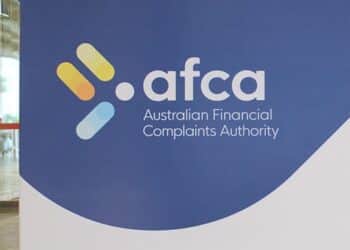Speaking ahead of the free ifa Future Forum 2022 event, digital capital raising platform Blu Horseshoe CEO, Antony Tolfts, said that there is significant potential in the secondary market due to its scale and popularity with issuers as a means for raising capital.
According to the fintech, the post-IPO market represents around five to six times multiple of the total IPO space. In FY 2021, $8.2 billion was raised through IPOs over $10 million ($10 billion in FY 2022), but the post-IPO market totalled $52.1 billion, up from $48.6 billion in FY 2021.
However, one of the key challenges in the secondary market is access according to Mr Tolfts, because access to post-IPO market offers is restricted to professional or sophisticated investors due to less onerous disclosure requirements.
Under the Australian corporate law, an individual must be an accredited investment professional or have an annual income of more than $250,000 for each of the two previous financial years or a net worth of more than $2.5 million.
“The secondary market is hidden in plain sight,” Mr Tolfts told ifa.
“To access those deals, you need to have a pre-verified account with the right broker. And each of those deals is split between 196 lead managers. Opening an account is just an admin process, but to do that 196 times and then maintain that account every year or two is just unworkable.
“It’s the biggest opportunity but can only be accessed by the smallest number of people which is crazy.”
Entities can qualify as professional investors if they hold an AFSL, have control of gross assets of at least $10 million, are registered under the Financial Corporations Act (1974), and carries on a business of investments in financial products.
Another key challenge for investors in the secondary market is participation, as offerings such as placements are typically supported by only one or two firms out of a possible 200 for every offer coming to market.
“Following tradition, an investor is required to establish an account with the supporting firm to access the offer,” Mr Tolfts said.
“This becomes problematic from a timing perspective if the investor is interested in participating in an offer that has a short offer period as the account set up process is typically time-consuming, resulting in the investor missing the window for investment.”
Mr Tolfts said he believes that digital capital raising platforms could meet these challenges as it creates a gateway for professional and sophisticated investors to access post-IPO offers, adding that this type of technology is in its infancy in the Australian market despite being available and in use globally for a while.
“DCRPs consolidate post-IPO capital raises from multiple issuers into one place,” he said.
“Once an investor registers, is qualified and goes through the registration process, they can see all offers that are coming to market and listed with the DCRP provider via a dashboard. They can then choose which offers they would like to participate in and go from there.”
Blu Horseshoe — which was founded in 2021 — allocates securities on a pro-rata basis across all investors regardless of investment size or relationship status.
The platform connects professionals and sophisticated investors with companies seeking to raise capital through ASX transactions, and focuses on connecting investors with companies looking to raise capital in post-IPO markets.
Mr Tolfts will be presenting a session at the ifa Future Forum later this month about the dynamics of secondary markets, the key players, challenges for investors, and how they could use technology to overcome them.
The forum will take place on 16 November at Montage in Sydney.
Click here to register for free and don’t miss out!
For more information, including agenda and speakers, click here.



